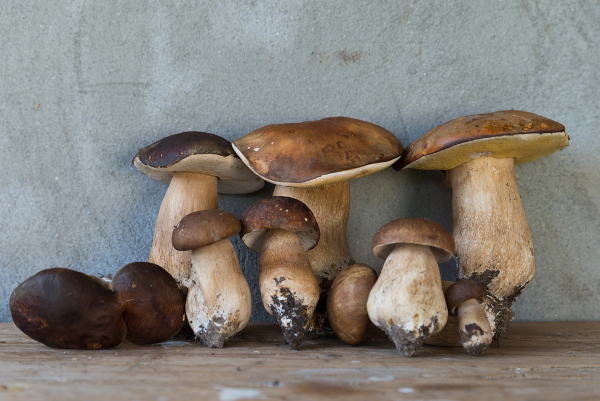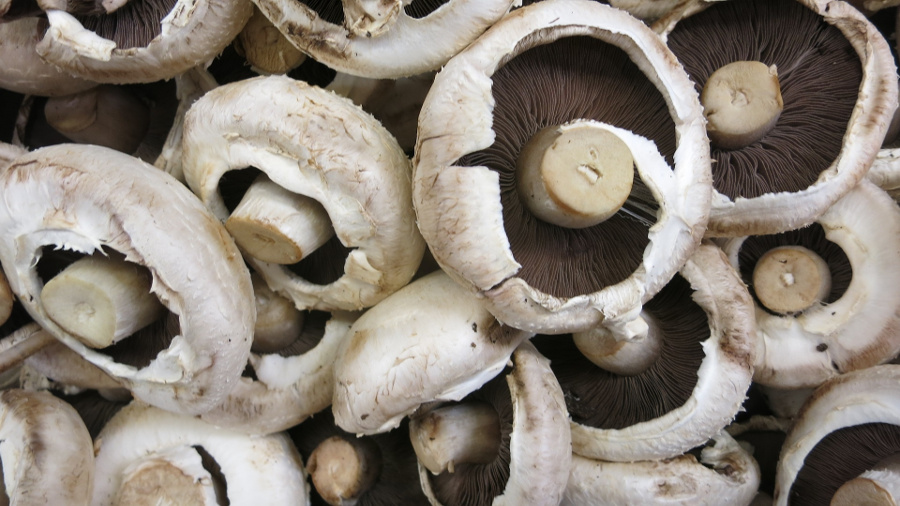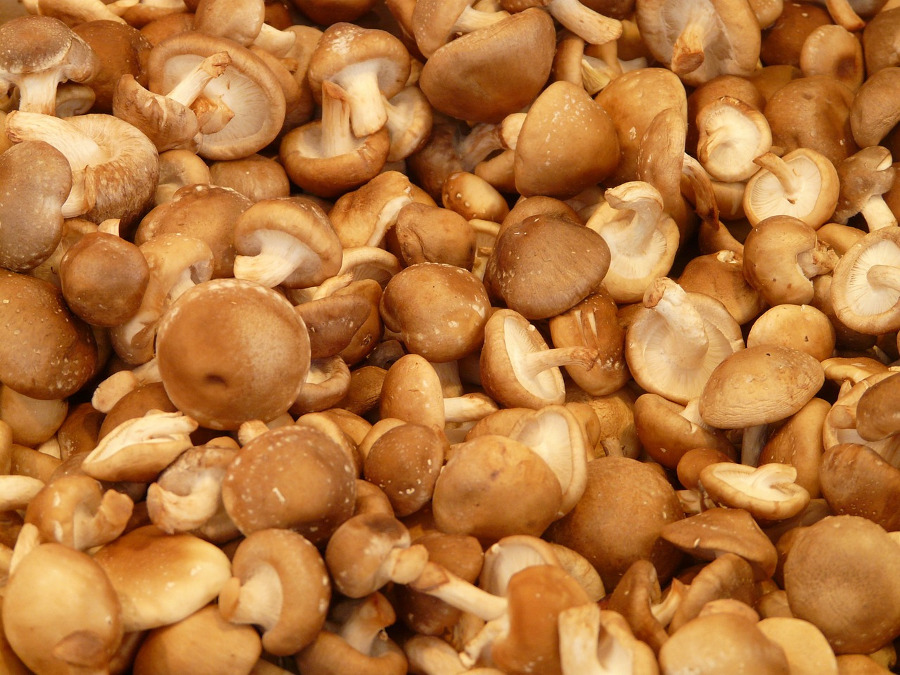Porcini mushrooms are known for their unique flavor and versatility, but there are several appealing alternatives for chefs and home cooks. Shiitake mushrooms offer a rich umami taste, while king oyster mushrooms provide a hearty texture. Dried variations also serve as practical substitutes, broadening the possibilities in a dish. Exploring these alternatives encourages a thoughtful consideration of how flavor and texture can enhance a recipe, leading to the discovery of substitutes that fit specific culinary needs.
Porcini Mushrooms
Porcini mushrooms, scientifically known as Boletus edulis, are highly regarded for their rich, earthy flavor and meaty texture, making them a staple in various cuisines, especially Italian. Their distinctive features include a smooth, brown cap that can reach up to 25 cm in diameter and a thick, bulbous stem often displaying a pale color with fine lines.

These mushrooms thrive in temperate forests, typically emerging from late summer to early autumn, often found alongside coniferous and broadleaf trees, which enhances their flavor. Porcini can be used fresh, dried, or powdered, each method offering unique culinary applications.
Their versatility shines in soups, risottos, and sauces, where they add depth to dishes. Additionally, porcini mushrooms provide nutritional benefits, including antioxidants and essential vitamins. Exploring the world of porcini mushrooms is an excellent way to enrich one’s culinary experiences.
Best Mushroom Alternatives
Cooks often look for alternatives to porcini mushrooms due to dietary restrictions, availability, or personal preference. Fortunately, several substitutes can provide similar flavors and textures to enhance various dishes.
| Alternative Mushroom | Flavor Profile |
|---|---|
| Shiitake | Earthy, rich, umami |
| Cremini | Mild, slightly nutty |
| Button (White) | Delicate, subtle |
| King Oyster | Meaty, robust |
| Maitake | Woody, slightly sweet |

Each of these alternatives brings unique characteristics, allowing for flexibility in culinary applications. For example, shiitake mushrooms are known for their umami flavor, making them a great choice for soups and stir-fries. Cremini mushrooms add depth without overpowering other ingredients, which is perfect for sauces and sautés. Button mushrooms offer a more subtle taste, while King Oyster mushrooms provide a meaty texture ideal for grilling. Lastly, Maitake mushrooms can infuse a touch of sweetness into dishes.
Dried Mushrooms as Substitutes
Dried mushrooms are excellent substitutes for fresh porcini mushrooms, especially for replicating their rich, earthy flavor. Their concentrated umami profile enhances soups, sauces, risottos, and stews. To incorporate dried mushrooms into recipes, it’s important to rehydrate them by soaking in warm water for about 20 to 30 minutes, which helps restore their texture and flavor.
Dried porcini mushrooms offer an authentic taste similar to fresh ones. Other alternatives like shiitake and morel mushrooms provide unique flavor notes while maintaining a similar depth. Shiitakes, with their robust taste, complement savory dishes, while morels contribute a distinct nuttiness.
Using dried mushrooms enriches dishes and offers flexibility in cooking. Their long shelf life ensures they are always available, allowing chefs to explore their creativity in the kitchen.
Fresh Mushroom Options
When looking for fresh alternatives to porcini mushrooms, several varieties can effectively replicate their textures and flavors. Shiitake mushrooms are a standout option, celebrated for their rich umami profile and meaty texture, enhancing a variety of dishes.

Maitake mushrooms, also known as hen-of-the-woods, offer a delicate, feathery appearance and earthy taste, making them a great addition to soups, risottos, and stir-fries. Their unique texture provides a satisfying bite similar to porcini.
Cremini mushrooms are another accessible substitute, with a mild flavor and firm texture that readily absorb seasonings. For a lighter option, oyster mushrooms deliver subtle sweetness and a velvety texture, complementing various ingredients while still imparting a delightful mushroom essence.
Pantry Staples for Flavor
A well-stocked pantry is essential for enhancing the flavor of any dish, providing a foundation of ingredients that can elevate even the simplest meals. Key staples such as dried herbs and spices, oils, and vinegars play a pivotal role in adding depth and complexity to flavors.
Dried herbs like thyme, oregano, and basil deliver concentrated flavors that can easily uplift a dish, while spices such as paprika, cumin, and black pepper add warmth and zest. Quality oils, particularly olive oil and sesame oil, infuse dishes with richness and aromatic notes. Vinegars, including balsamic and apple cider, contribute acidity that beautifully balances flavors.
Incorporating umami-rich ingredients such as soy sauce, miso paste, or nutritional yeast can replicate the savory characteristics of porcini mushrooms. Stock or broth, whether vegetable or chicken, serves as a versatile base for soups and sauces, enhancing the overall taste profile.
These pantry staples empower you in the kitchen, allowing for creative freedom and encouraging experimentation. By utilizing these ingredients, you can craft meals that not only satisfy but also celebrate the art of cooking, transforming ordinary dishes into extraordinary culinary experiences.
Tips for Using Substitutes
Finding the right substitutes for ingredients can enhance your culinary skills, especially with flavors like those in porcini mushrooms. When looking for alternatives, consider the flavor profile, texture, and cooking method of the original ingredient. Dried shiitake mushrooms serve as an excellent substitute, offering a similar umami depth and a meaty texture when rehydrated.
Another option is a blend of button mushrooms with a splash of soy sauce, which can replicate the savory notes of porcini. For a unique twist, sun-dried tomatoes or smoked paprika can add different yet delightful flavors to your dish.
When using substitutes, adjust the quantities based on their flavor intensity. Start with less and add gradually to avoid overpowering the dish. Always taste as you go for a personalized outcome. Finally, don’t hesitate to experiment; modifying recipes is one of the most rewarding aspects of cooking. Embrace your creativity and enjoy the journey of flavor exploration!



